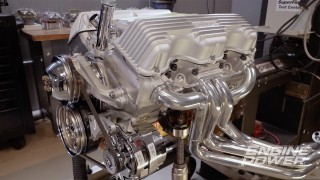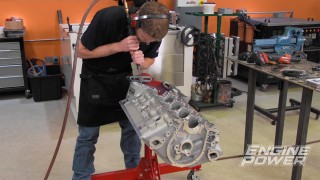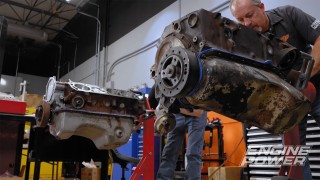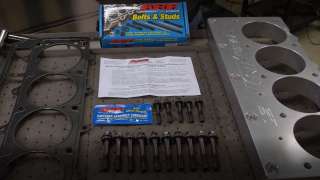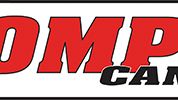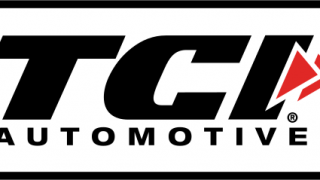Engine Power Featured Projects
Engine Power Builds
Want more content like this?
Join the PowerNation Email NewsletterParts Used In This Episode
Edelbrock
COMP Cams: World's top manufacturer of high-quality performance-based internal engine components.
Edelbrock
TCI Automotive: Leading provider of high performance automatic transmissions, torque converters, and drivetrain components.
CWT Industries
Multi-Bal 5500
Jesel Inc.
Jesel Belt Drive Kit
K1 Technologies
K1 Technologies Chevrolet 350 Crankshaft
Late Model Engines
Crower Rocker Arms
Late Model Engines
LME Billet Intake LS7 Manifold
Late Model Engines
LME CID LS7 Cylinder Heads
Late Model Engines
LME LS Tall Billet Valve Covers
Manley Performance
Manley Pro-Series I-Beam Connecting Rods
Sunnen Products Company
Sunnen SV-15 Honing Machine
Wiseco Performance Products
Wiseco Flat Top Pistons
World Products
Motown LS Iron Block





